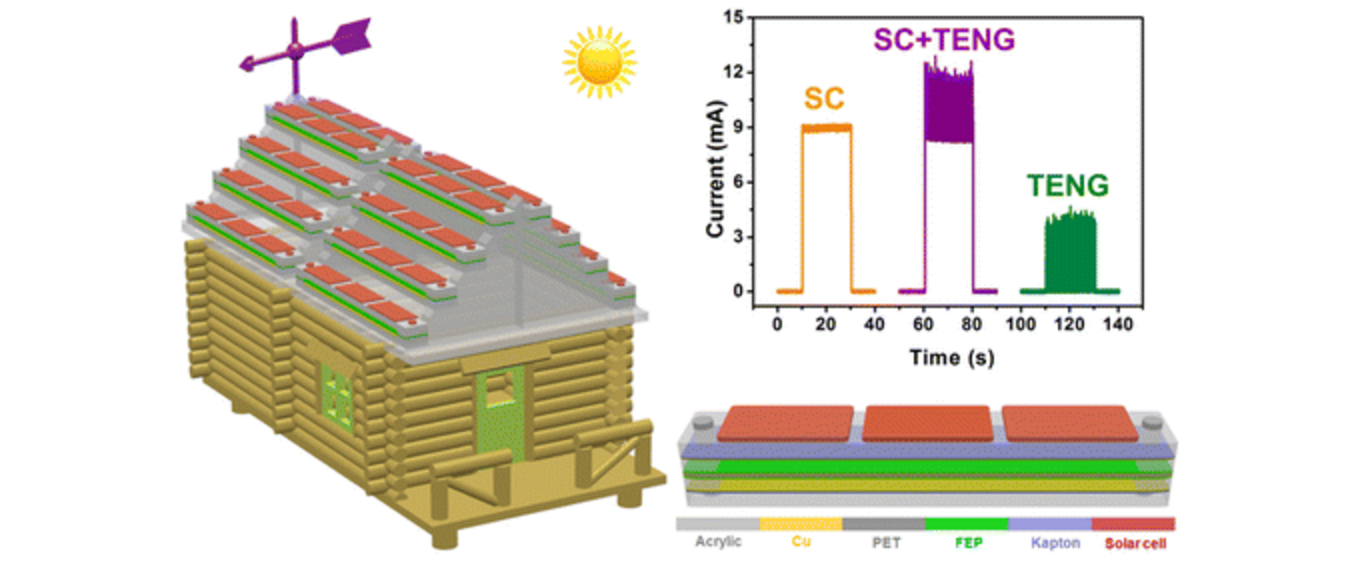The Internet of Things (IoT) revolution will bring a rise in productivity and lower time spent on a single process, but something not factored into the surge in connected devices is energy consumption.
That may lead to an increase in carbon emissions, if smart city planners are unable to develop renewable systems that provide enough energy while not being intrusive to daily life, like wind turbines.
See Also: Accenture sees nearly half of cars autonomous in 25 years
Fortunately, researchers at Georgia Institute of Technology and the National Center for Nanoscience and Technology in Beijing have built a renewable system that fits on top of buildings and utilizes both wind and solar power in one convenient system.
“To realize the sustainable energy supply in a smart city, it is essential to maximize energy scavenging from the city environments for achieving the self-powered functions of some intelligent devices and sensors,” said the team in an ACS Nano publication. “Although the solar energy can be well harvested by using existing technologies, large amounts of wasted wind energy in the city cannot be effectively utilized since conventional wind turbine generators can only be installed in remote areas due to their large volumes and safety issues.”
“Here, we rationally design a hybridized nanogenerator (see image below), including a solar cell and a triboelectric nanogenerator, that can individually/simultaneously scavenge solar and wind energies, which can be extensively installed on the roofs of the city buildings.”
Wind taking second place to solar
The system is capable of harvesting 8 milliWatts of solar power and 26 milliWatts of wind power, enough to power 3,400 LED lights. For low power IoT devices, this is perfect as it doesn’t require a huge amount of space and is fully renewable energy.
There are other ways to harvest wind energy without using turbines. Plenty of smart cities are adding small wind turbines to new homes, alongside solar panels, to harvest the most renewable energy possible.
However, wind energy has become a secondary cause for many, as solar panel sales skyrocket. Part of the reason for wind turbines lack of success is the lack of energy produced by small turbines, something that the team of researchers appear to have fixed with their dual setup.


















